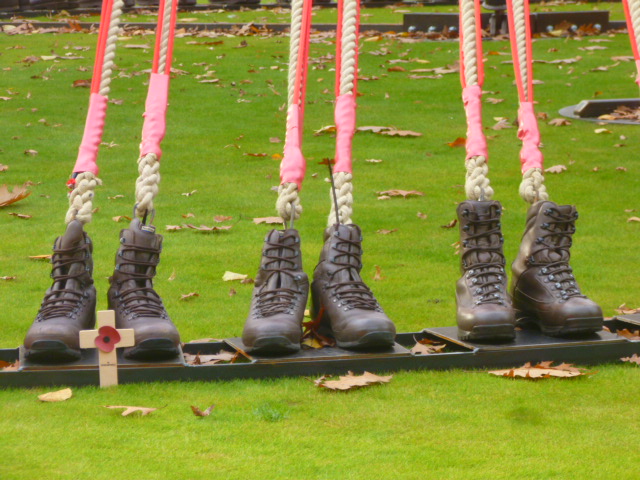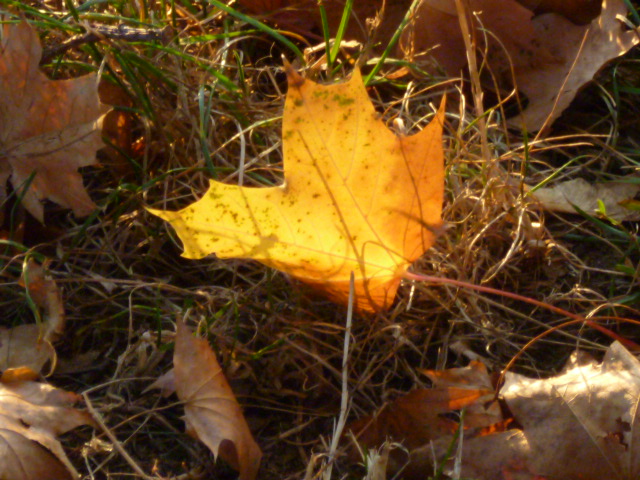
Sat with friends in a park in the afternoon sunshine enjoying a picnic and a live jazz gig recently, my heart soared along with the melody of the sax and a sense of gratitude washed over me. An activity that has been part of my summer for years, yet for the last few months, had begun to seem an impossibility. My appreciation at being able to enjoy this music live once again, prompted reflection on how my relationship with jazz has not only endured during the pandemic, but has been central in sustaining me.
Jazz was an inheritance. When I was young – Basie, Ellington, Sinatra, Miller and so many others were the sounds reaching my impressionable ears from the record deck (remember those?). As a teenager I typically rejected this with a vengeance for a few years. But heritage can be hard to outrun and by the time I was at University, one of the people playing so many of those records through my childhood was gone. Re-visiting those artists became a way of holding onto the memories and processing the loss (though I would never have seen it as such at the time). Indeed this may be where ‘jazz as connection’ arrived in my life. So it has been through lockdown, when Jazz, and specifically ‘live streamed’ gigs, have gone a long way to keeping me sane.
Jazz has been the backdrop to many key life events. The soundtrack to celebration, along the way it has helped me run from all sorts of death, destruction and mayhem and delivered the miracle of hope in some dark days. But at the heart of jazz, and in its delivery, there’s a defiance in the face of life’s troubles. There have been times of sheer elation, but also at least two days in my life when a close bereavement has occurred and I have been in a jazz club that evening, or the day after. For some it would be church but for me at these times there’s a compelling need to live, and live defiantly in the face of what has been taken. Jazz has delivered that and much else. So it was perhaps inevitable that it would come to the rescue now.
Live music has always been central to this and certainly pre- as well as during the pandemic, I have generally listened to far more Jazz ‘live’ than recorded. There is also something about participating gigs that are live streamed – at the time. Yes we could watch them back. But there has been a welcome authenticity about watching ‘live’. This shared experience is the new ‘being there’. During lockdown isolation inevitably grew in the vacuum left by the suspension of ‘normality’, and the connection delivered by ‘live streamed jazz’ was for me a powerful antidote. In both its history and delivery this is a music of invention and the adoption of live stream, as well as at least one ‘virtual jazz bar’ is no surprise.
Many weekend lunches have been spent with Adrian Cox’s ‘Sunday Service’ and ‘Live from TJ’s’ (TJ Johnson). That these guys have got me spending weekend lunchtimes on Facebook (I’ve always preferred evening gigs and am no fan of Facebook having left it years ago and never looked back) says something. We have known and supported their music for many years and enjoying their gigs in lockdown has been like spending time with friends. As always their music has brought solace, smiles, and laughter. And now dancing in the living room! Jazz echoes our experience and tells us we are not alone. All human stories are found in this music, love, heartbreak, celebration, despair, belief and redemption. It’s all here. When we hear ‘Times getting tougher than tough’, or ‘Man with the Blues’ – we know someone else out there understands how hard these times can be.
As I am slowly returning (at least for a while) to forms of pre-lockdown interaction, including the occasional outdoor live gig, I see some of the musicians I know, relieved to be tentatively returning to a few of their familiar stages. But we know in our hearts we won’t all be able to return to the places we left behind in a Spring that seems so far away now. Tragically some of our much loved venues will not survive the loss of audience and income. And for those that do challenges are likely to remain for many audience members.So even when, or if, we can return to our favourite venues and artists, I suspect the events of 2020 will mean that ‘livestream’ or whatever comes next will be part of the life to come.
In thinking about this post I’ve also noticed how multi-faceted my relationship with this music has become, not least in a renewed appreciation for its understanding of a troubled soul and affirmation of life. As Wynton Marsalis said in an interview earlier this year “When we play we swing and swing is optimism” (interviewed on R4 on 4th June). Never have we needed that life-affirming optimism more…
In these last months, as so often before, Jazz has taken me away to somewhere better. Now, in the face of a less certain future, it also connects me to the life I had and the person I was pre-lockdown. It is reassurance that whatever else has been lost in these times (and a lot has), the direct line to my soul that is Jazz, remains.
Hello Central Get Me Dr Jazz
All text © A Sense of Place 2020
See this review of ‘Live from TJs‘ from London Jazz. And TJ Johnson’s website for more info.
See Adrian Cox’s website for more info. (Review of the Sunday Service from Later Than You Think due soon)
Thanks to the Karen Sharp Trio (and the Canary Wharf Group) for the open air gigs.
Information on Kansas Smittys Virtual Jazz Bar (I hear great reports of this and hope to try it out myself soon).




 I’ve somehow never felt entirely comfortable with this idea that you go online, pay your money and take your choice, specifying the age, the weight, the looks – down to a level of specifics one might deploy when ordering a new coat or buying a set of shelves – which of course can be returned if they don’t ‘fit’ (as can these potential partners). However experience has led me to conclude that for many, if not most, the ‘strategic’ approach to love appears to result in happiness. So good for them.
I’ve somehow never felt entirely comfortable with this idea that you go online, pay your money and take your choice, specifying the age, the weight, the looks – down to a level of specifics one might deploy when ordering a new coat or buying a set of shelves – which of course can be returned if they don’t ‘fit’ (as can these potential partners). However experience has led me to conclude that for many, if not most, the ‘strategic’ approach to love appears to result in happiness. So good for them.

















 © a-sense-of-place
© a-sense-of-place

